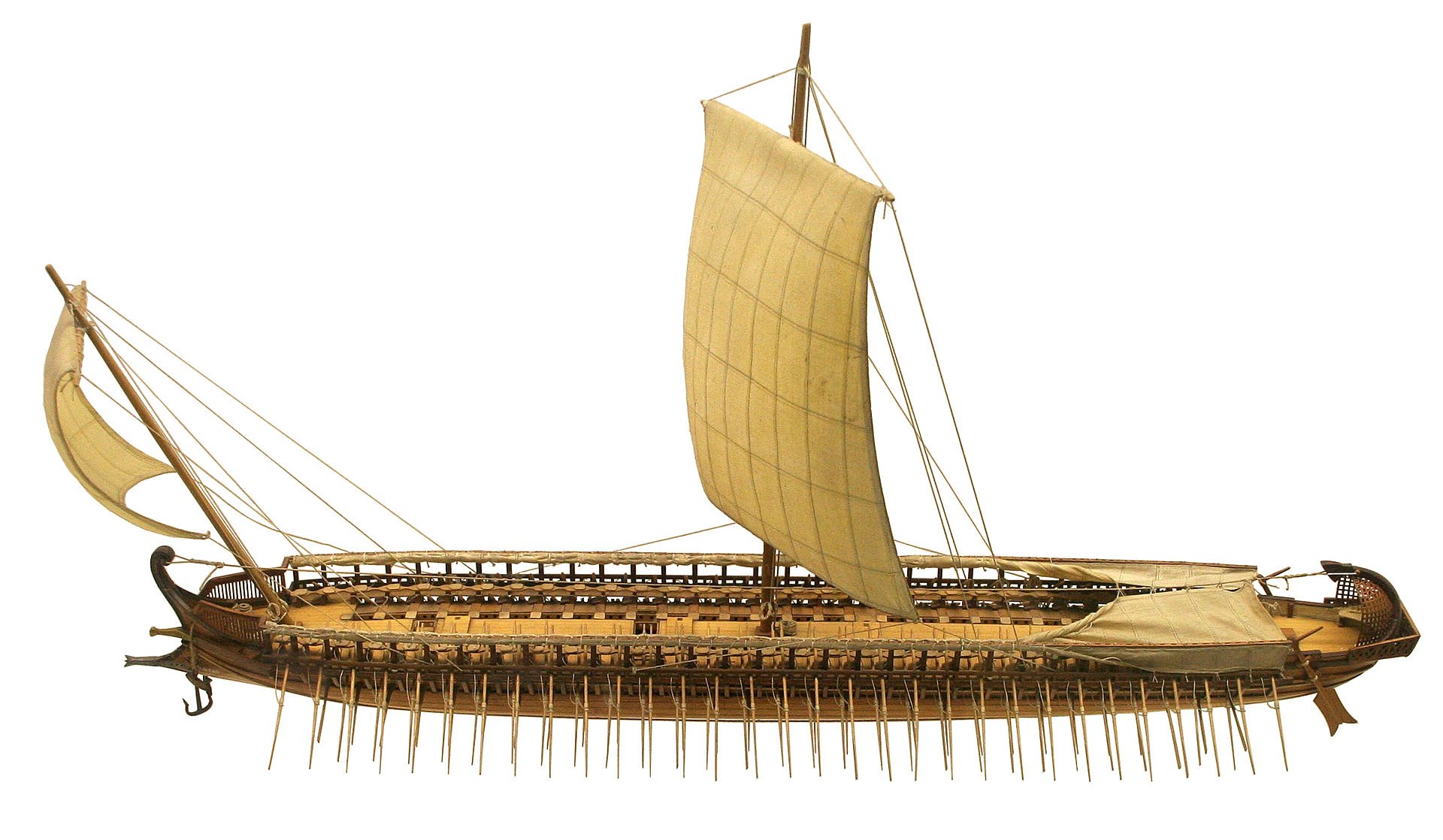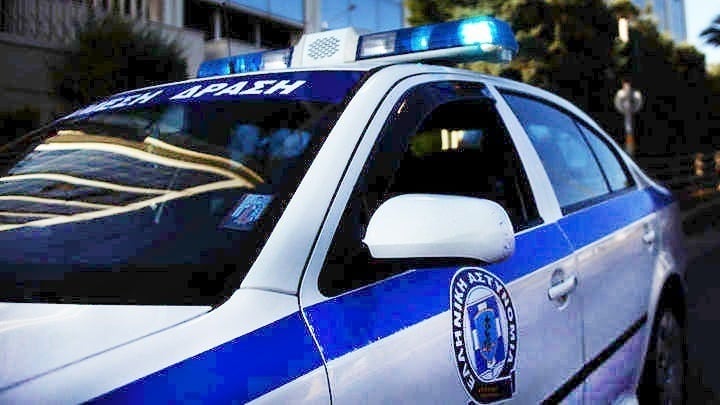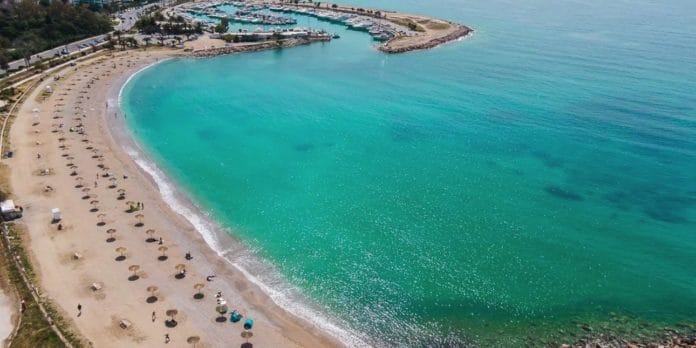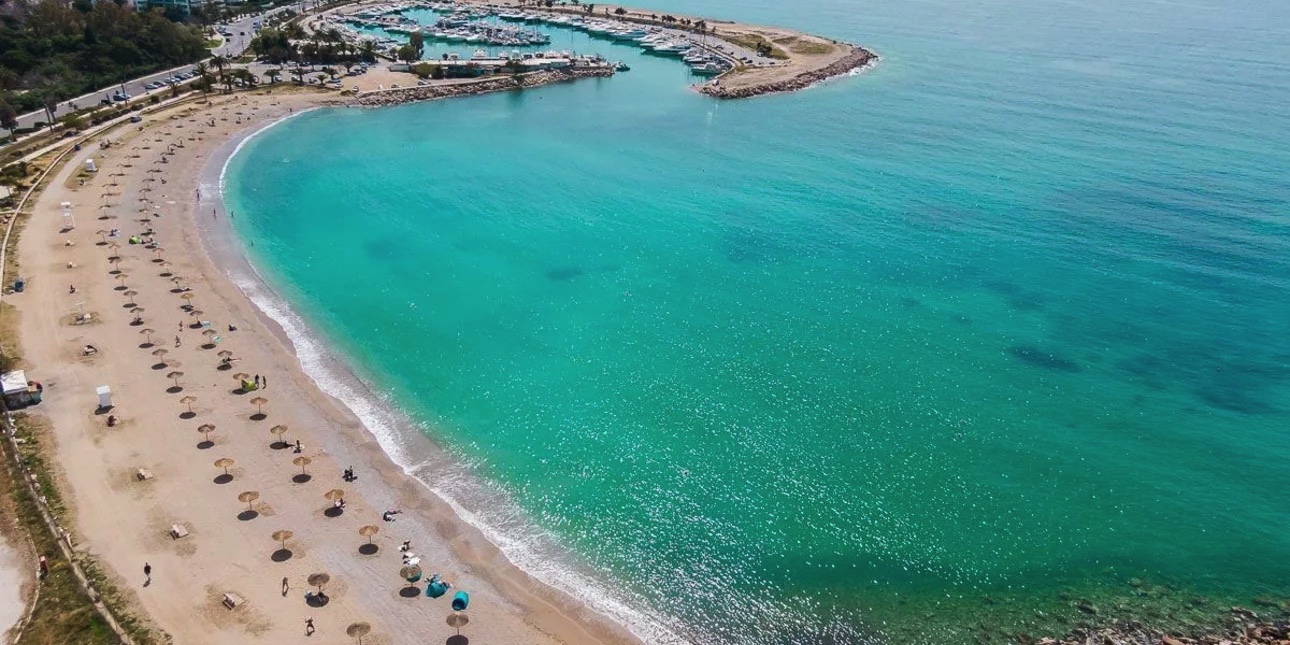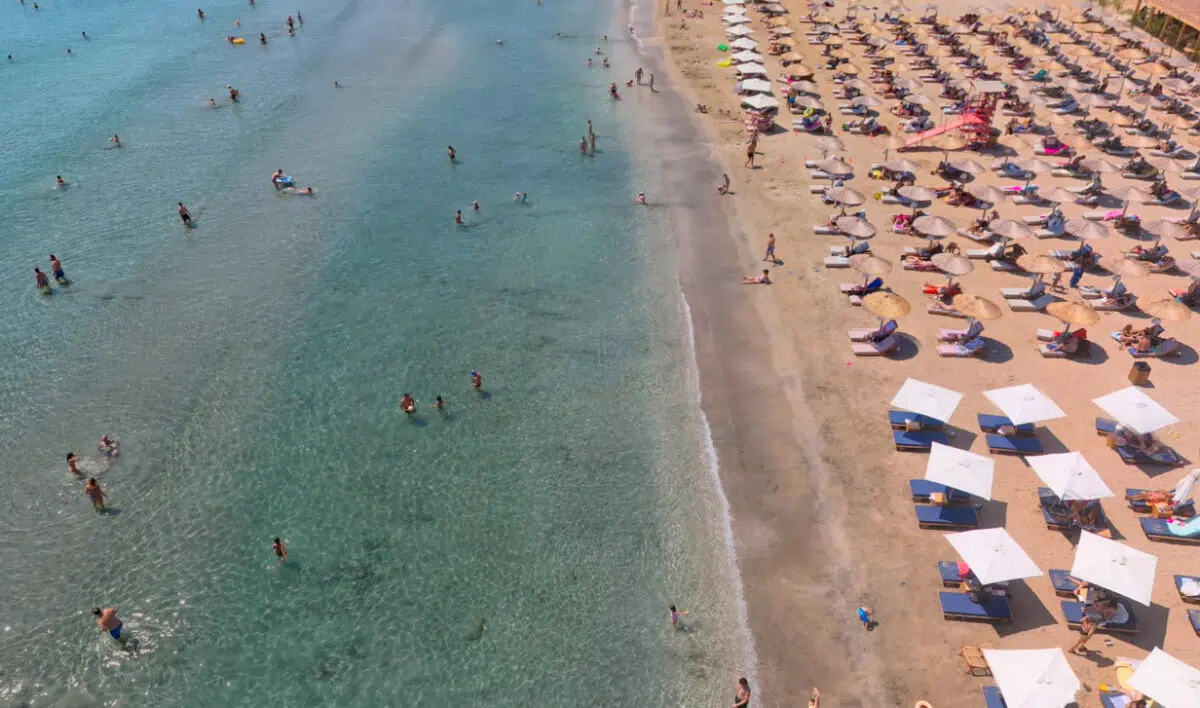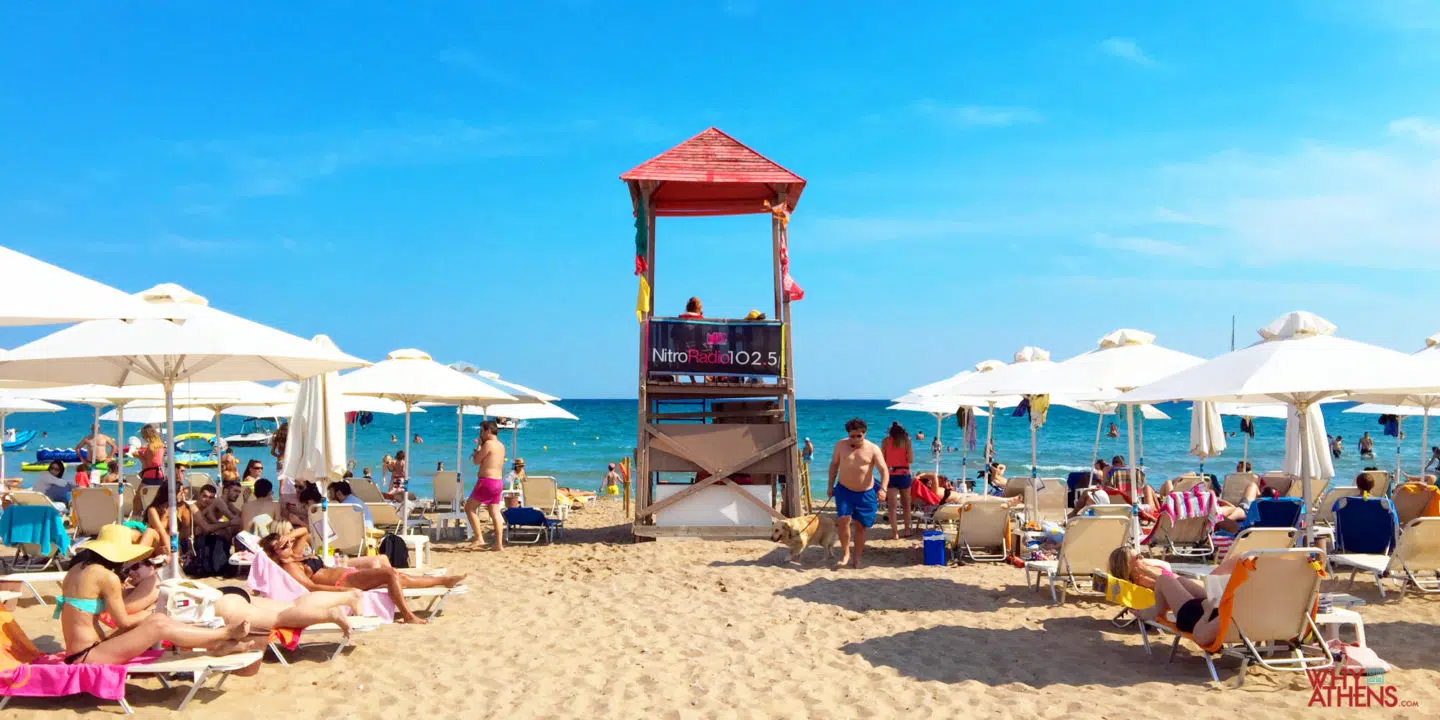
The mystery of what happened to the ancient column of Justinian in Constantinople, also known as the Colossus of Justinian, still puzzles historians and archaeologists.
The colossal bronze statue of the Byzantine Emperor Justinian I was built during Justinian’s rule in the sixth century AD, most likely about 543 AD. Standing tall and clutching a globe in his palm, the monument represented Justinian’s dominance over the entire world.
Although the existence of the column is mentioned by several historical sources, its fate remains a mystery.
Several Byzantine writers mention the statue, including Procopius, who described its construction and dedication in his book “Buildings”. The column appears in various Byzantine artworks, like mosaics and miniatures, offering visual proof of its existence. Travelers who visited Constantinople after its fall by the Ottomans also documented seeing the column, further solidifying its historical presence.

The column was 105 feet high
The column survived intact until late Byzantine times when it was described by Nicephorus Gregoras, as well as by several Russian pilgrims to the city.
The latter also mentioned the existence, before the column, of a group of three bronze statues of “pagan (or Saracen) emperors”, placed on shorter columns or pedestals, who kneeled in submission before it. These survived until the late 1420s but were removed sometime before 1433.
A recent book by Elena N. Boeck (Ph.D., Yale), Professor of History of Art at DePaul University, titled “The Bronze Horseman of Justinian in Constantinople“, cites an Italian traveler to Constantinople called Cristoforo Buondelmonti.
According to him the monument was 70 cubits (105 feet) in height and showed the horseman with a golden apple in the left hand, the right hand threatening “Turkey” and the east.
Boeck, who specializes in the arts of the medieval Mediterranean world, says that after the fall of Constantinople in 1453, the Ottoman Sultan Mehmed II took down the monument and it was eventually melted down.
She mentions a Frenchman called Pierre Gilles who saw pieces of the statue around 1550, the emperor’s leg taller than a man, the nose and a hoof each 9 inches long.

An impressive monument in Constantinople
According to what we know now statue of Justinian was an impressive monument, a testament to both the emperor’s ambition and the engineering prowess of the Byzantine Empire.
The main structure was built with brick, a strong and readily available material. This brick core was then covered with decorative bronze plates, giving the column a gleaming metallic appearance. The column stood on a seven-stepped marble platform, further elevating the statue and adding a touch of luxury.
The highlight was a colossal bronze equestrian statue, depicting Emperor Justinian himself, dressed in a triumphant outfit resembling the “dress of Achilles” (according to historian Procopius), Justinian likely sported an impressive cuirass and a plumed helmet.
The emperor sat astride a horse, holding a globus cruciger (a sphere representing Earth surmounted by a cross) in his left hand and extending his right hand eastward, possibly symbolizing his victories or Constantinople’s dominion.

Theories on the mystery
The exact fate of the Column of Justinian in Constantinople is a bit murky, but there are some competing theories.
An article in the Byzantine Legacy journal says that it was commonly asserted that Mehmed II destroyed the column and had the statue melted down. It is more likely that it became part of his collection of antiquities.
Furthermore, the article says that the column survived until the 16th century. It is possible that the statue was removed because its talismanic power was viewed as a threat by the Ottomans. Turkish sources suggest that the column collapsed during the reign of Sultan Selim or Suleiman.
Another theory suggests that the column finally succumbed to the elements. Accounts suggest it remained standing until the early 16th century, then collapsed in a major earthquake around 1509.
It’s also possible the Ottomans respected the column as an antiquity and took the statue for their collection rather than destroying it.
While the specifics are unclear, it seems likely the column met its end sometime in the early 16th century, either through natural disaster or Ottoman intervention.



























